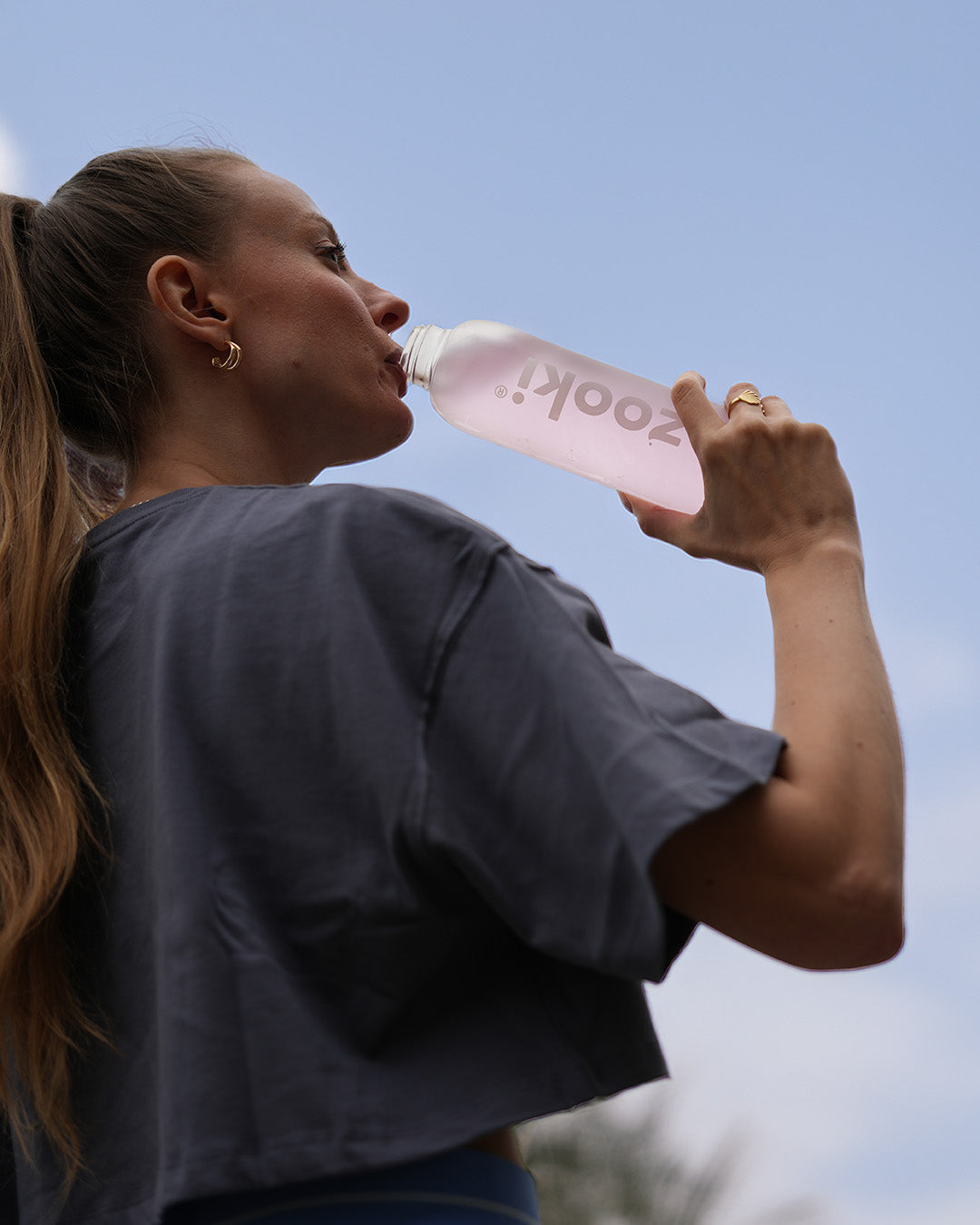Omega 3 is an essential fatty acid, which means that we can’t make it ourselves and need to get it from dietary sources. It’s not necessarily always easy or convenient to get the required amount through our diet, but it’s extremely important, as the implications and symptoms of Omega 3 deficiency can be severe.
Omega 3 deficiency & depletion
Omega 3 deficiency & depletion causes
Unfortunately, most of us aren’t getting enough Omega 3 in our diets for a number of reasons, with a lack of fish in our diets playing a big part in Omega 3 deficiency and depletion. Lifestyle factors that may affect the metabolism of fats, such as smoking cigarettes, consuming alcohol, stress, or diabetes can contribute to low levels, as well as genetics and immune system issues.
Additionally, the amount of Omega 3 available in food like eggs, fish and meat can be affected by modern agricultural practices.
Omega 3 vs. Omega 6
Another factor is that we tend to have much higher levels of a different fatty acid, called Omega 6, in our diet. Omega 6 is still an essential fat, but when we eat more Omega 6 than Omega 3, it can cause inflammation, and this may be linked to conditions from arthritis to heart disease. This is because Omega 3 acids are anti-inflammatory, whilst Omega 6 acids are pro inflammatory.
Omega 3 and Omega 6 work best when they are in a balanced ratio, close to 1:4. Unfortunately, modern diets often contain far too many Omega 6s, and not enough Omega 3s, with the average person having an Omega 3 to Omega 6 ratio of roughly 1:16. It’s at this kind of ratio that the symptoms of Omega 3 deficiency or depletion are likely to appear.
Processed foods, conventionally raised meat and caged eggs, are high in Omega 6, so we want to consume health-promoting foods such as organic grass-fed meat and animal products, and seeds like flaxseeds, hemp seeds, pumpkin seeds, sunflower seeds and pistachios.
Omega 3 deficiency & depletion symptoms
Omega 3 deficiency and depletion can manifest with the following symptoms:
-
Dry, rough skin, hair and nails
-
Dry, itchy or watery eyes
-
Frequent infections and poor wound healing
-
Poor memory and difficulty paying attention
-
Excessive thirst
-
PMS or breast pain
-
Infertility
-
Cardiovascular health problems
-
Joint pain or arthritis
-
Inflammatory health problems such as eczema or arthritis
-
Excessive mood swings, depression, anxiety and behavioural issues
-
Poor sleep and night terrors
How to prevent Omega 3 deficiency & depletion
Omega 3 RDA
It is recommended that we eat 2-3 portions of oily fish per week to provide our bodies with enough of these healthy essential oils to avoid Omega 3 deficiency or depletion. Pregnant or breastfeeding women need to sustain optimum levels of Omega 3 to support healthy baby development, but there is a lower dietary requirement of two portions per week in order to reduce the risk of pollutants in the fish causing harm to a foetus or baby.
Vegans and vegetarians should focus on including plant sources of Omega 3 like flaxseeds, walnuts and chia seeds.
Where can you get your omega 3 from?
Omega 3 fatty acids are found in both marine and plant based foods and oils. It’s important to try and consume these regularly to help prevent Omega 3 deficiency and depletion.
Omega 3 foods
Sources of Omega 3 DHA and EPA include:
-
Oily fish like cod, salmon, mackerel, kipper, herring, sardines and fresh tuna
-
Shellfish
-
Seaweed
-
Omega 3 fortified products, such as milk, yoghurt, eggs and spreads
Your body can use Omega 3 EPA and DHA most efficiently, so they have the most direct health benefits. To minimise the impact of pollutants like heavy metals absorbed from fish, eat mainly small fish and if you do eat larger fish, like tuna, pair it with a natural chelating agent, like coriander.
Sources of ALA include:
-
Seeds: chia seeds, flaxseeds, hemp seeds (and hemp seed oil)
-
Nuts: walnuts (and walnut oil), pecans, hazelnuts
-
Products made from soybeans like soybean oil and tofu, rapeseed oil
-
Green leafy vegetables
Omega 3 supplements
When choosing an Omega 3 supplement, look for Omega 3 EPA and DHA on the label, as these are the most important types of Omega 3s. Omega 3 EPA and DHA are most often found in fish-based Omega 3 products. Vegetarian options are available, but they usually only contain ALA oils, which are made from plant sources. They don’t contain any EPA or DHA, the types of Omega 3s that are active in your body. Your body can convert ALA into EPA or DHA, but this conversion process is quite inefficient.
Summary
In an ideal world, you would be able to get an optimal intake of Omega 3 from food alone. Optimal intake of Omega 3s is best achieved through a combination of dietary sources (nuts, seeds and 2-3 servings of oily fish per week) and Omega 3 supplementation to top up your daily intake.
It is important to mention that fish provides other important nutrients as well as Omega 3, including protein, iodine, selenium, calcium, vitamins A and vitamin D, so eating fish in addition to taking an Omega 3 supplement is important for a healthy, balanced diet.






Share:
Does Vitamin C give you energy?
"How much water should I drink a day?" The importance of keeping hydrated